Minimisation of Finite State Automata
Algorithm
The following algorithm generates a total FSA equivalent to the one we start off with
but with the least possible number of states. Note, however, that useless and unreachable states
would first have to be removed for the algorithm to work. Also, the finite state automaton
must be deterministic.
- First make the FSA total (see the relevant algorithm);
- Relabel the nodes 1, 2, ... n (where n is therefore the number of states);
- Construct an nxn matrix D(0) such that the entry D(0)i,j is TRUE
if one of the states i, j is final while the other is not. The entry is FALSE
otherwise (both i, j are final or both non-final states);
- Given matrix D(k) we can construct matrix D(k+1) as follows:
D(k+1)i,j is TRUE if D(k)i,j was TRUE or
there is an input a such that starting from state i with input a
takes us to a state i' and stating from state j with input a
takes us to a state j' such that D(k)i',j' is TRUE. Otherwise,
the entry D(k+1)i,j remains marked FALSE.
- Repeat the previous step until D(k+1)i,j is the same as D(k)i,j.
Call this final matrix D.
- We now know that state i is indistinguishable from state j if and only if
Di,j is FALSE - join together the indistinguishable states
Example
Consider the following FSA:

- Start by making the FSA total:

- Enumerate the states:

- Construct D(0):
| FALSE | TRUE | FALSE | FALSE |
| TRUE | FALSE | TRUE | TRUE |
| FALSE | TRUE | FALSE | FALSE |
| FALSE | TRUE | FALSE | FALSE |
- Construct D(1) from D(0):
| FALSE | TRUE | FALSE | TRUE |
| TRUE | FALSE | TRUE | TRUE |
| FALSE | TRUE | FALSE | TRUE |
| TRUE | TRUE | TRUE | FALSE |
- Construct D(2) from D(1):
| FALSE | TRUE | FALSE | TRUE |
| TRUE | FALSE | TRUE | TRUE |
| FALSE | TRUE | FALSE | TRUE |
| TRUE | TRUE | TRUE | FALSE |
- Since D(2) and D(1) are identical, we conclude that
states 1 and 3 are indistinguishable (since D(2)1,3
is equal to FALSE).
- Finally we coalesce indistinguishable states:

Exercises
Minimise the following FSA:
-

-







